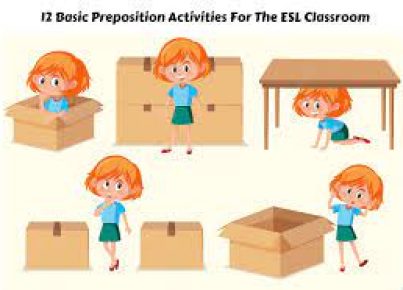Introduction:
Classroom posters are a critical aspect of modern teaching methodology, providing aesthetic and functional elements that can enhance the learning environment within a classroom setting. They feature visually appealing designs, colors, and content to engage students frequently during the lessons. An area where posters can make an impressive impact is in supporting English Language Learners (ELLs). With their diverse abilities and backgrounds, ELLs benefit from visual aids and contextual information to support language acquisition successfully.
In this article, we will explore different classroom poster types and their effectiveness in supporting ELLs. We’ll highlight what makes a great poster for this demographic and ways to implement them in classrooms.
Types of Classroom Posters for English Language Learners:
1. Vocabulary Posters:
Vocabulary posters enhance ELL students’ linguistic arsenal by introducing them to essential words they will encounter during their studies. These posters typically display high-frequency words or subject-specific vocabulary with concise definitions or translations to other languages spoken by students. Teachers can refer to these posters during discussions as they add new material or elaborate on familiar content.
2. Grammar Posters:
Grammar posters are crucial tools for ELLs who struggle with English language conventions. These visual aids display sentence structures, verb conjugations, tense rules, parts of speech, and common punctuation. Grammar posters provide an at-a-glance reference for ELLs when they need assistance with grammatical principles or require clarification about language rules.
3. Content-Based Posters:
These posters are specific to the subject matter being taught in the classroom. For ELLs, content-based posters can provide contextual support by illustrating abstract concepts using images, diagrams, and simplified explanations that align with the curriculum. They offer clarity through visualization and promote better comprehension.
4. Inspirational or Motivational Posters:
One aspect of ensuring the academic success of ELLs is creating an inclusive and uplifting environment. Inspirational or motivational posters with quotes or affirmations that celebrate different cultures, languages, and achievements can foster positive feelings amongst students. Such posters inspire ELLs to continue learning and striving for success.
5. Cultural Representation Posters:
Cultural representation posters encourage an inclusive classroom environment and embrace the cultural diversity students bring to the classroom. Posters that exhibit various cultural themes, traditions, and symbols in a respectful manner promote understanding among ELL students and their peers.
Best Practices for Creating Classroom Posters for ELLs:
• Use clear fonts, large text size, and contrast colors to improve readability
• Align visuals and text with curriculum objectives
• Include translations, explanations, or pronunciation guides for language support
• Use images and diagrams to reinforce understanding
• Regularly update posters to maintain student interest
Conclusion:
Classroom posters have a significant impact on English Language Learners’ educational experiences. By applying thoughtfully designed posters that cater to diverse learners’ needs, teachers can create an inclusive atmosphere promoting language acquisition and success in the classroom. Experimenting with different poster designs will help you find which specific elements complement your content and resonate best with your students.





